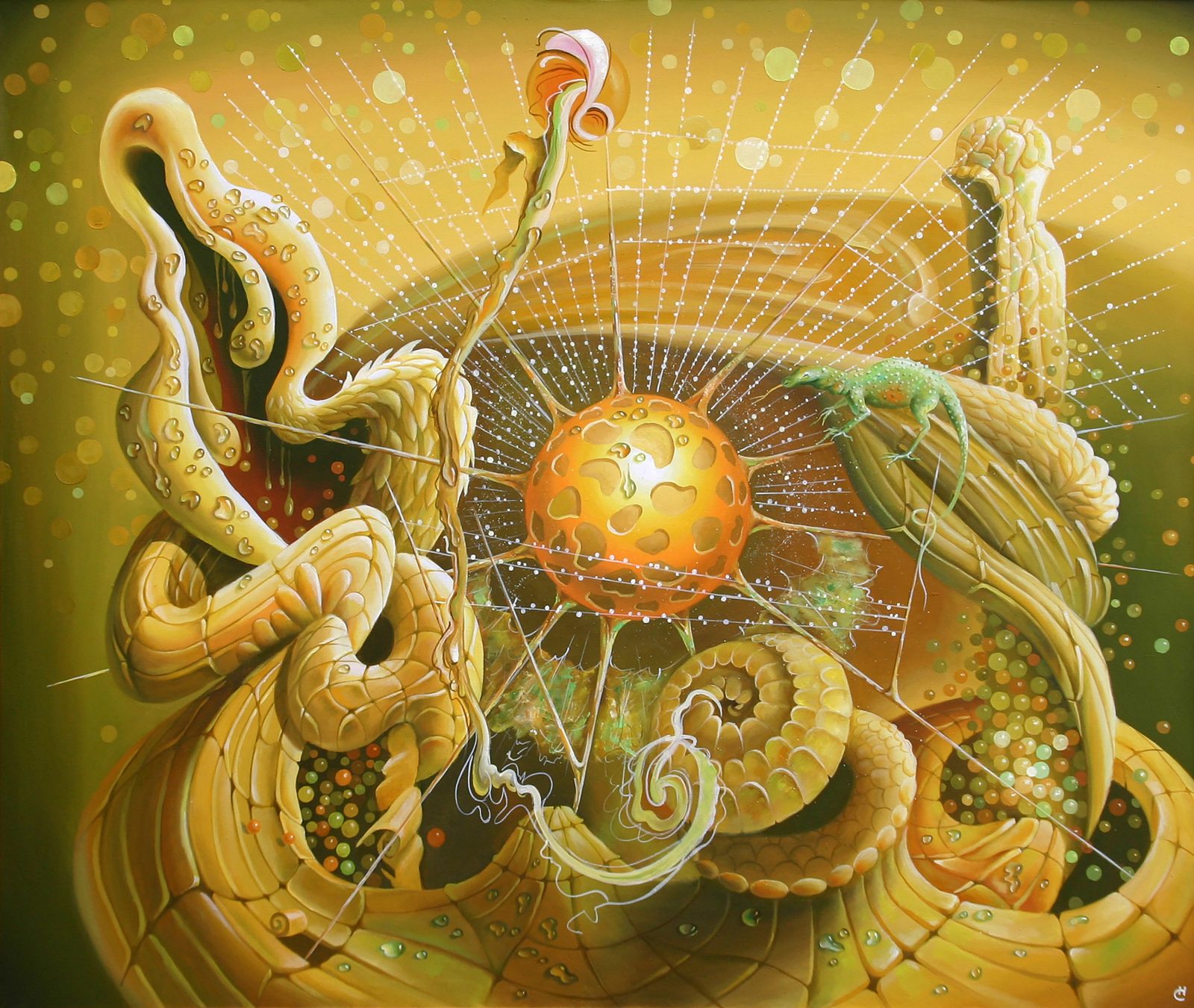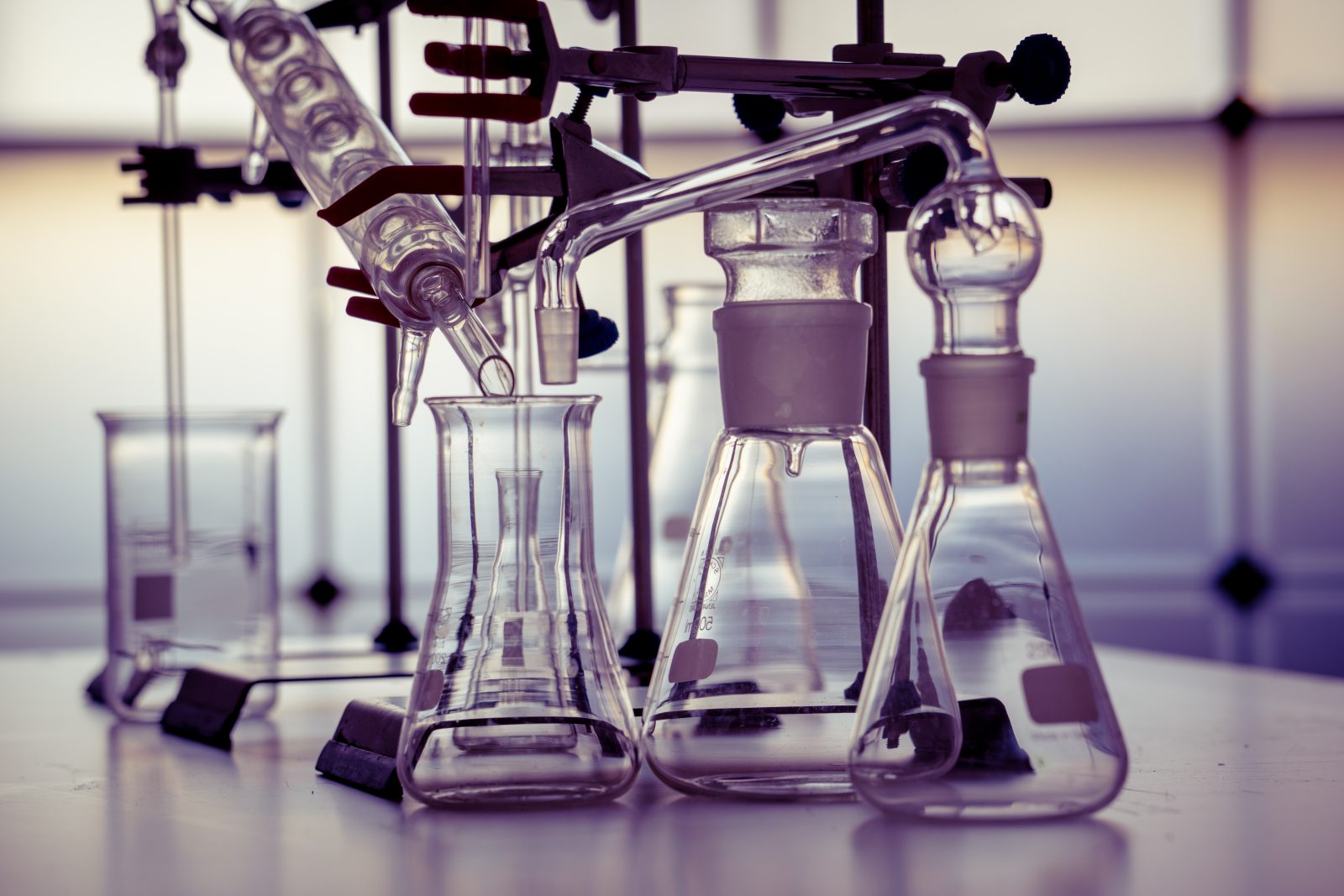


RNA World in a World of Hurt
On this ID the Future, biophysicist Cornelius Hunter and host Eric Anderson discuss the RNA World hypothesis, an explanation for how the first self-reproducing organism might have arisen via mindless chemical processes. Hunter and Anderson have each written on the topic, and together they unpack some of the many and growing problems with this RNA-first explanation for the origin of life. They also spotlight some recent admissions in mainstream scientific publications that it’s time to move on from the cherished but embattled RNA World. The conversation pivots off of a recent essay by Hunter at Evolution News, “RNA World: Repeated Downfalls, Repeated Resurrections.” For more on the challenges of creating the first self-reproducing biological entity, see Eric Anderson’s Chapter 3 of Evolution and Intelligent Design in a Nutshell.

Rehabilitating the Miller-Urey Experiment?
On this episode of ID the Future, Casey Luskin examines a new claim by origin of life theorists who seek to rehabilitate the now-discredited Miller-Urey experiment. If life didn’t originate in a “vast primordial soup,” did volcanoes perhaps play a role? Listen in as Luskin explains how far “plausible prebiotic conditions” are from making life. For more information, read Luskin’s article at Evolution News & Views